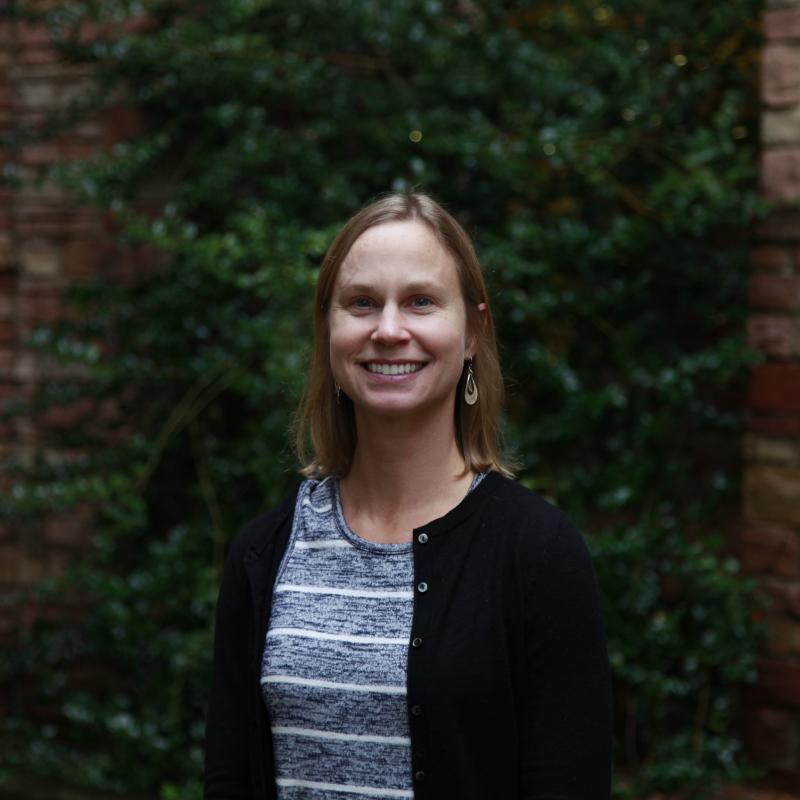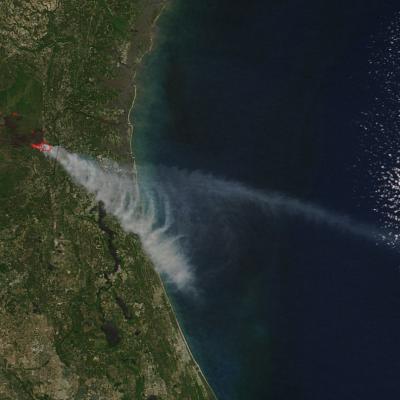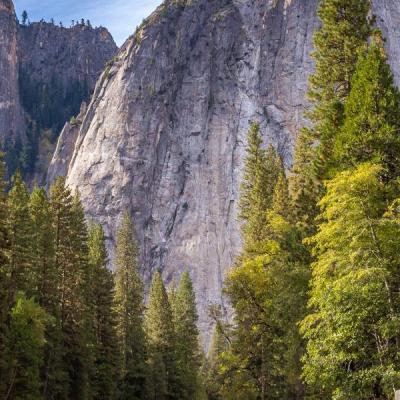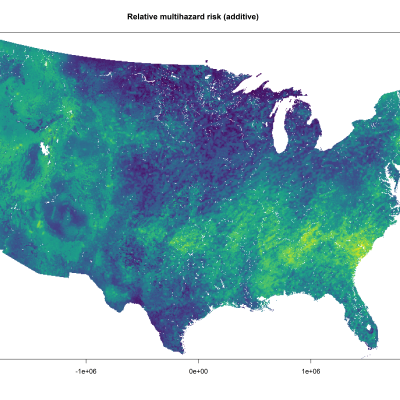Chelsea is a terrestrial ecologist and biogeochemist with a PhD from Brown University in Ecology and Evolutionary Biology. She is the Deputy Director of ESIIL.
She is interested in how drivers of global environmental change (e.g., climate change, invasive species, land use and management practices) affect ecosystem functions and services like carbon storage and species diversity and composition. One of her current research projects integrates lidar, hyperspectral, and plot level plant cover data to explore the relationship between forest structural and functional diversity to biotic resistance to invasion in U.S. forests. Her dissertation examined the influence of land use and management practices on riparian forest structure and composition, secondary forest regrowth, and soil carbon storage in the Brazilian Amazon. In her research, she uses a combination of geospatial analysis, remote sensing, ecosystem modeling, and field studies.
Chelsea is the founder of the North Central Regional Invasive Species and Climate Change (NC RISCC) network. The goal of the NC RISCC is to develop a network of researchers, managers, policymakers, and other stakeholders that will co-produce the priority research needed for management of invasive species in a changing climate.
In her free time, Chelsea loves to do yoga, run, ski, bike, and play with her sweet pup, Lola.
Check out some of her recent publications:
Nagy, R.C., J. K. Balch, E. K. Bissell et al. 2021. Harnessing the NEON data revolution to advance open environmental science with a diverse and data-capable community. Ecosphere. https://doi.org/10.1002/ecs2.3833
Nagy, R.C., E. Fusco, B. Bradley, J. Finn, A. Mahood, J. Allen, and J.K. Balch. 2020. A synthesis of the effects of cheatgrass invasion on U.S. Great Basin carbon storage. Journal of Applied Ecology. https://doi.org/10.1111/1365-2664.13770
Fusco, E.J., J.T. Finn, J.K. Balch, R.C. Nagy, and B.A. Bradley. 2019. Invasive grasses increase fire occurrence and frequency across U.S. ecoregions. PNAS. https://doi.org/10.1073/pnas.1908253116








